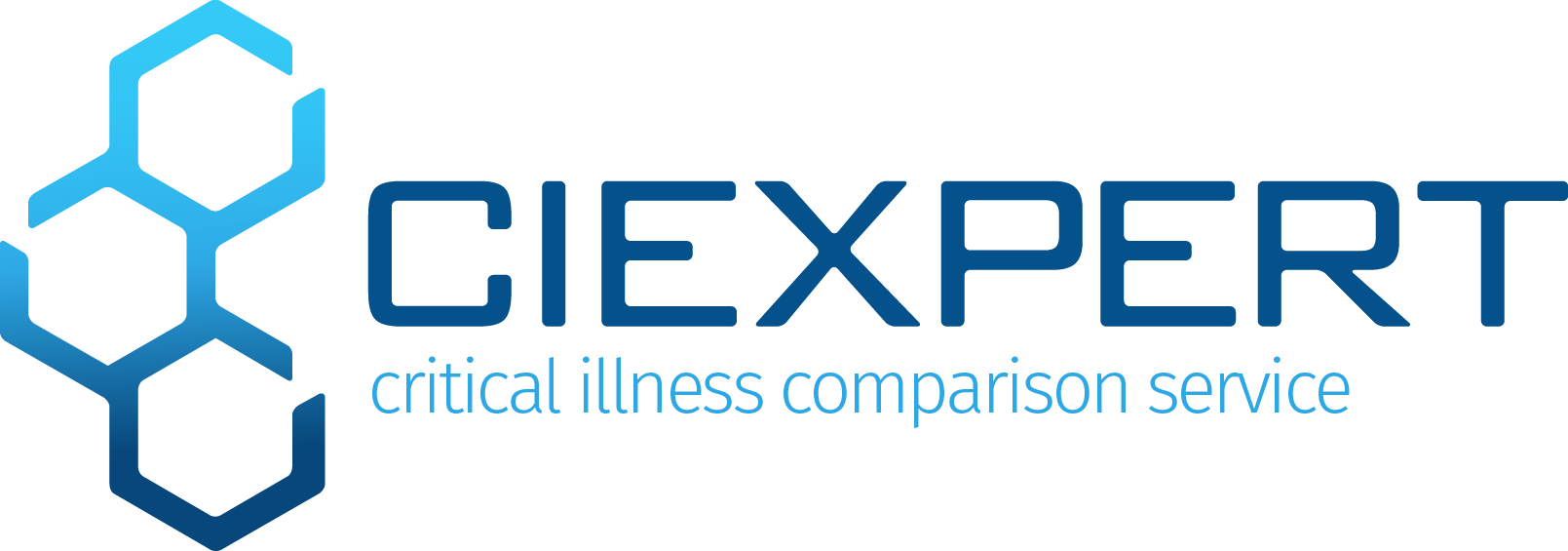A year focused on making things simpler for consumers and advisers
ALAN LAKEY
As with previous years 2020 has seen a number of significant changes in the critical illness (CI) world, however the overriding theme this year has been simplicity.
We’ve seen the consolidation of various conditions under umbrella headings and the removal of ineffective conditions – a real attempt to streamline these often-confusing plans and make them more consumer and adviser friendly.
It also highlighted the futility of counting condition numbers in the mistaken belief that it proves superiority.
Spring growth
LV= chose January to make it’s first real changes since 2013. This involved adding or improving numerous conditions as well as uplifted payments for certain conditions diagnosed before age 55.
These welcome improvements brought this back into the ranks of the quality plans.
Mere days later Scottish Widows merged conditions under wide-ranging headings in its Protect plan. The changes implied that only 39 conditions were included whereas they actually covered 59 plus five child-specific conditions. Additionally, booster payments were introduced for certain conditions diagnosed prior to age 45.
March found Royal London focusing on its adult cover, having previously made substantial improvements to its children’s cover.
Conditions were added and improvements made to existing ones as well as joining those insurers that have removed HIV from their plans. Child cover was also extended to the 23rd birthday.
Aegon took its turn in April and unleashed a smorgasbord of changes including improved claims wordings for cancer, deafness and cardiomyopathy.
It also removed conditions it considered to be of little worth such as critical fracture cover, donor cover and rheumatoid arthritis.
Summer upgrades
In July LV= introduced its second upgrade of the year.
This one focused on children’s cover which increased payments to the lower of £35,000 or 50 per cent of the parent’s cover.
LV= also introduced ten child-specific conditions as well as a fixed £5,000 payment for six named pregnancy complications, while the £5,000 child death benefit was extended to include stillbirth.
Aviva embarked on a simplification exercise where conditions with an identical claim trigger were combined. The number of named less-advanced cancers was reduced from 16 to two using umbrella headings.
And for ease of understanding Aviva organised all conditions into seven groupings such as brain and nervous system, and heart and circulatory system.
Vitality also engaged in simplifying its plans during September. This involved consolidating the three plan versions into a single personal protection plan and making child cover optional.
Autumn overhauls
The final changes occurred in October when AIG and HSBC undertook extensive reviews.
AIG’s modifications introduced the greatest simplification thus far while correspondingly extending the scope of coverage.
This was achieved by the introduction of umbrella headings bringing together numerous conditions with linked claim triggers. The most obvious example being Degenerative Neurological Disorders which included existing named neurological conditions but also extended to encompass rare and previously excluded disorders such as various ataxia’s, Rett syndrome and Alpers’s disease.
Children’s cover was made optional and reconfigured with fixed payments of £25,000 or £50,000 and a new condition of Birth Defect Cover was added.
HSBC excelled with the introduction of a range of new conditions and by significantly revamping its quality version named Critical Illness Plus.
Child CI payments were increased to the lower of £50,000 or 50 per cent of the parents cover or, for additional payment conditions, lower of £30,000 or 50 per cent.
Also, cover was extended to the 23rd birthday regardless of whether children are in full-time education.




